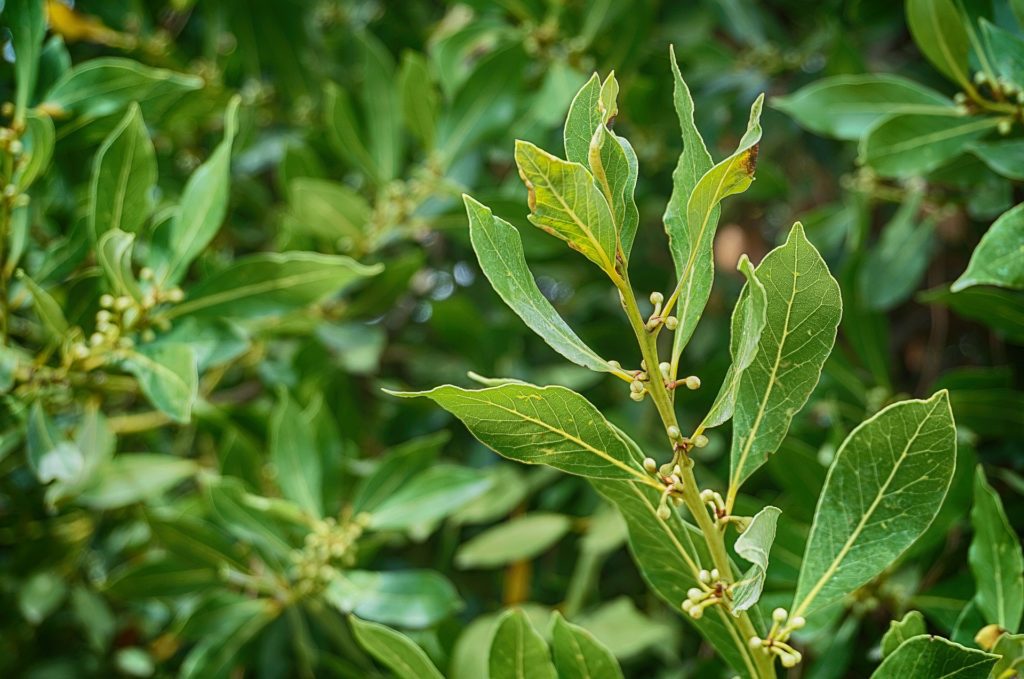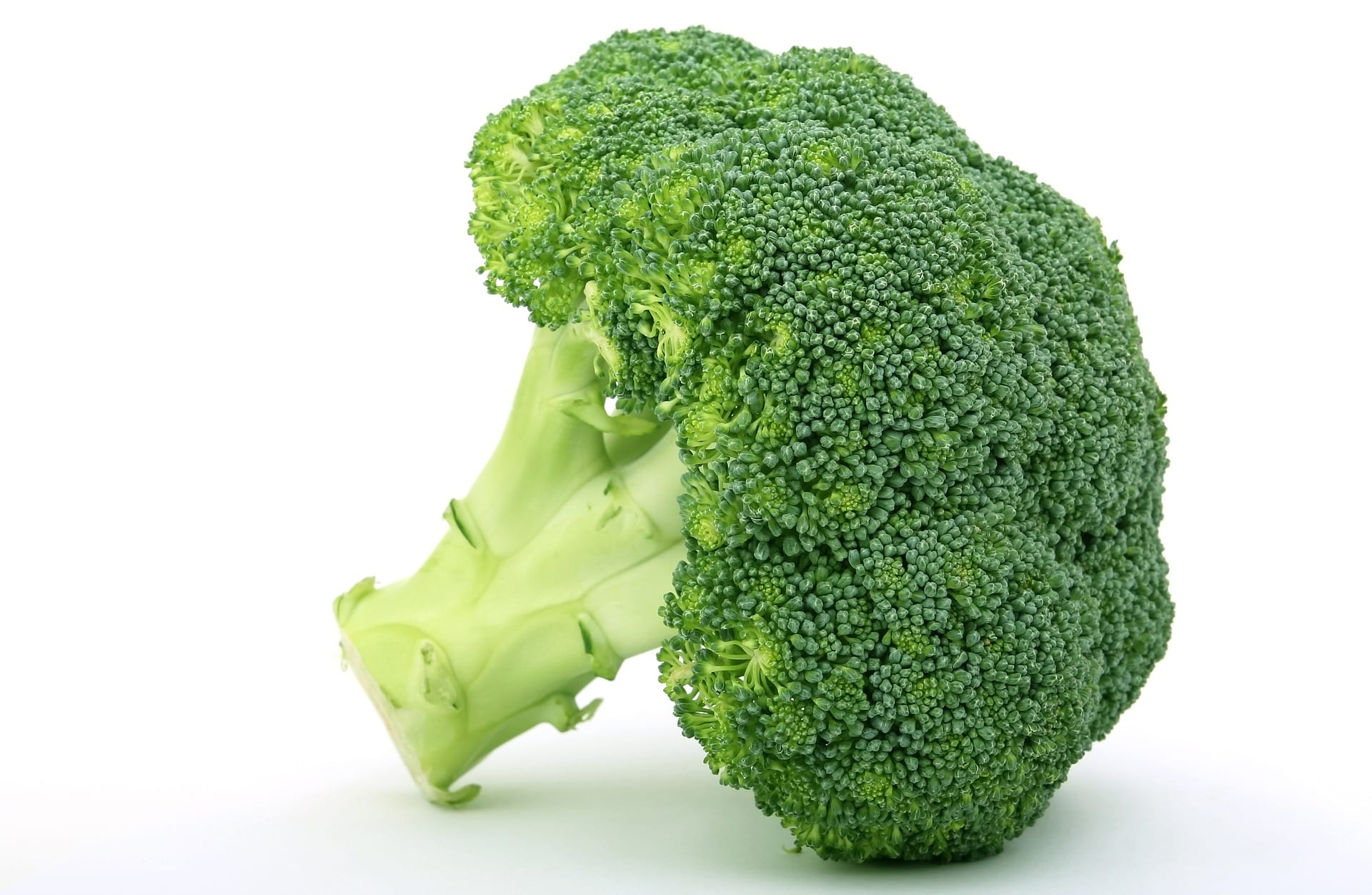Although some grant the laurel the role of supporting actor in our gastronomy the good use of this seasoning denotes the mastery of the cook. Accompanying great dishes of the spanish and mediterranean cuisine like stews, stews, marinades, marinades and different sauces, the bay leaf is only noticeable, like the great seasonings, when it is not there. We are going to discover more about these aromatic leaves.
Uses of laurel in the kitchen
Taste bitter and fresh aroma but present make of the bay leaves an important seasoning. It is usually used in all those dishes where they are provided liquids (sauces, water, broth etc.) to main product. Its use is not frequent or very advisable in oven recipes o fried foods that do not allow the flavor to be transmitted. This is the reason why the aromas and flavors of the laurel they penetrate and participate in the cooking as part of these sauces, broths and stir-fries.

Although you can use both dried and fresh bay leaves, their use is more common once dry as they add less bitterness to dishes. Its aromas will be part of stews where they brighten up dishes of lentils, beans and even chickpeas. Can not miss in meat pickles o fish y in marinades. They give a very special touch to many sauces so much with tomato as in the elaboration of bechamel. It is a condiment that can share presence with the thyme, oregano, pepper and rosemary. The leaves can be split if they are very large and always remove them when serving the dish.
Benefits and properties of laurel
Bay leaves have been used as a medicine in our tradition. Used in the form of infusion as detoxifiers and also for whet your appetite. It also stands out with some anti-inflammatory, diuretic effects and it has been used as a bactericide in food preservation. Some recent studies indicate that it can improve the levels of good HDL cholesterol and triglycerides.
It is rich in minerals such as phosphorus, iron, calcium, magnesium, selenium, and manganese. Although its contribution in reduced quantity limits its contribution of these components as it happens with its vitamins, of which it is rich in vitamin A, C and vitamin B6. On the contrary, it is advised do not use laurel in lactating women and during the period of pregnancy. As well as moderate it in people with problems of ulcers.







